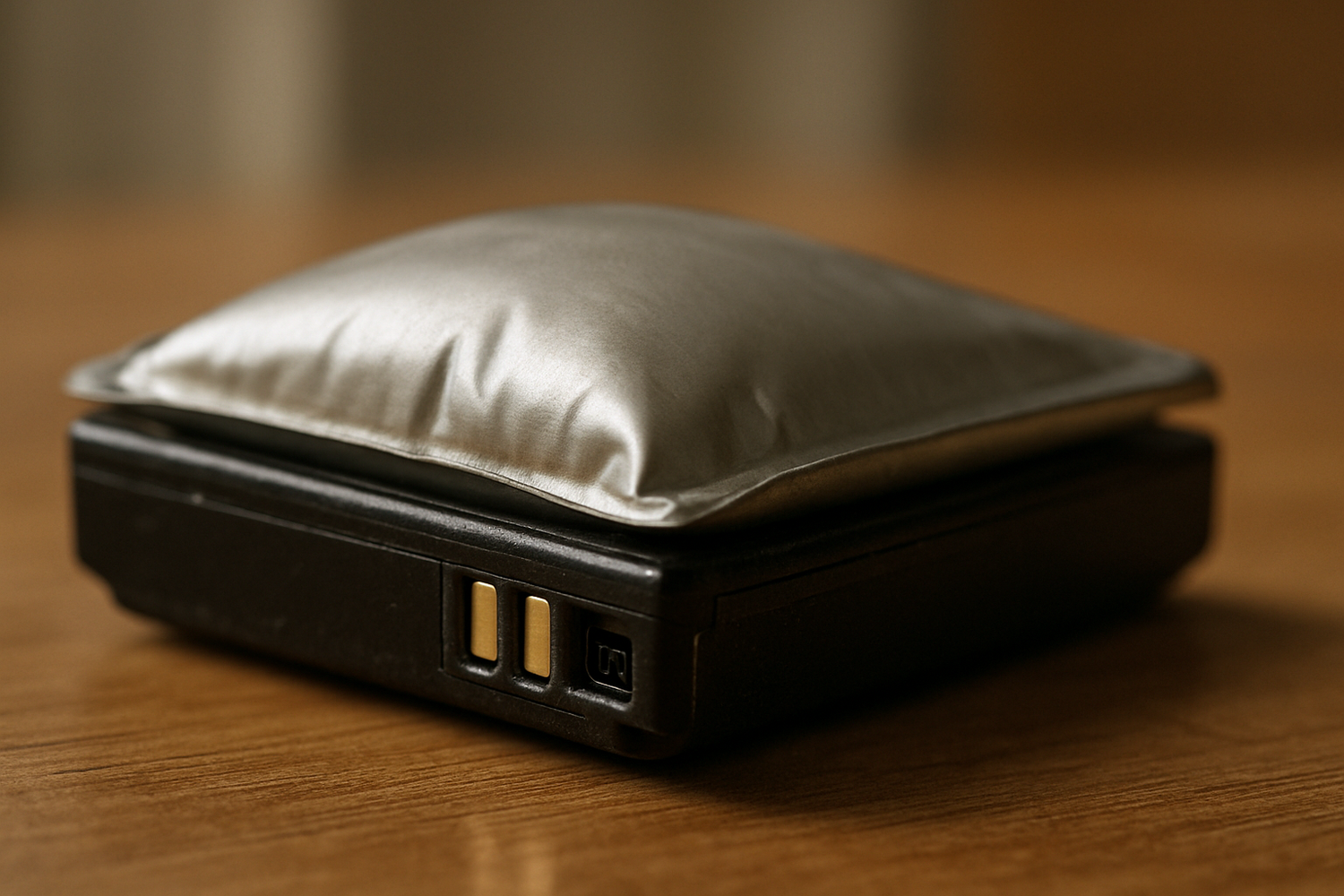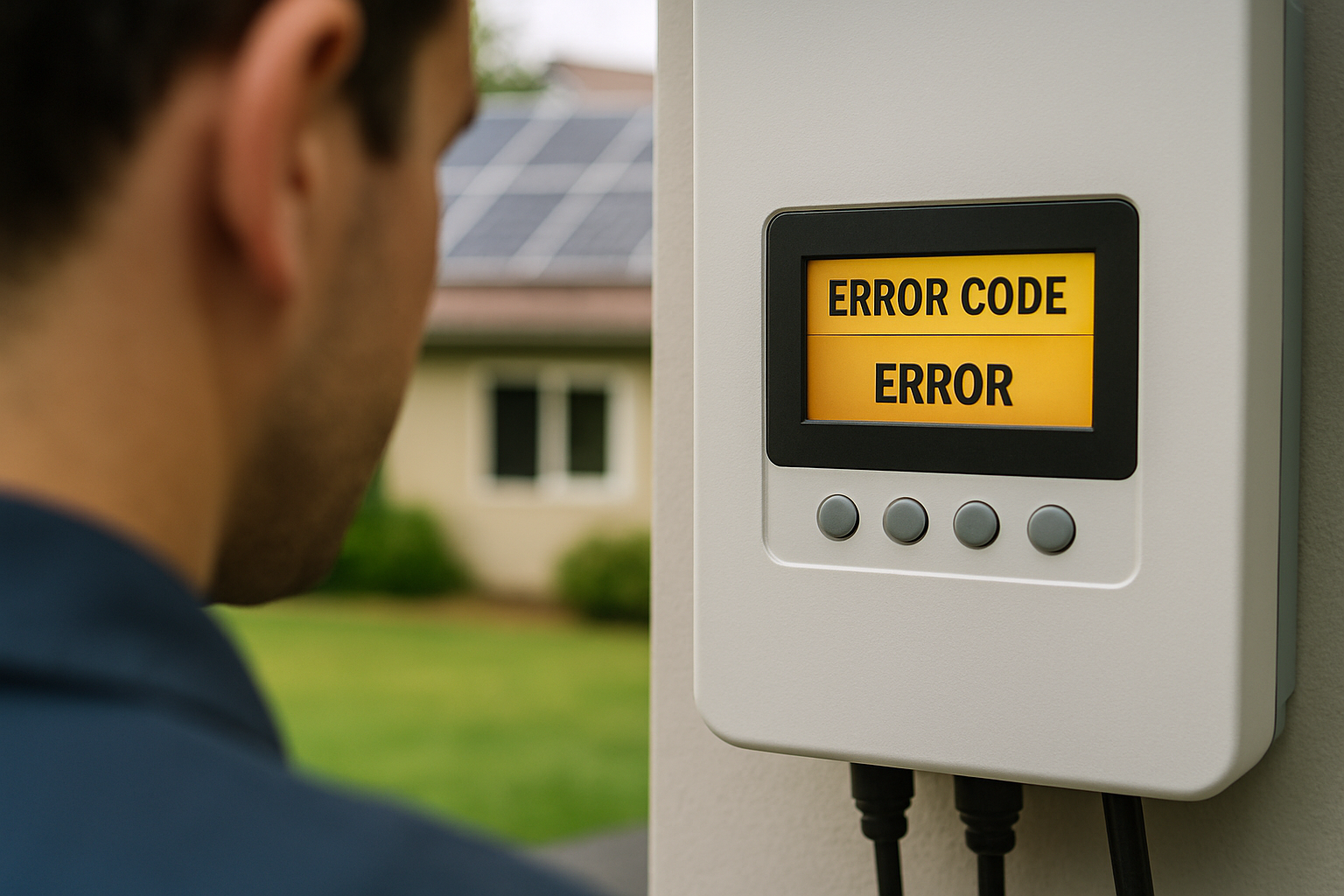Energy storage systems are vital for a sustainable home, providing power independence and resilience. At the heart of these systems are batteries, which store the energy you generate. While generally robust, batteries can sometimes exhibit unusual behaviors, such as swelling. Recognizing this issue early is crucial. A swollen battery is not merely a cosmetic flaw; it signals a serious internal problem that demands immediate attention. This article helps you identify battery swelling, understand its underlying causes, and determine when you must seek professional help.

Understanding Battery Swelling
Battery swelling, also known as battery bloating, occurs when a battery’s physical dimensions increase beyond its normal size. This phenomenon is most commonly observed in lithium-ion batteries, including the LiFePO4 cells often used in modern energy storage systems. Gases build up inside the battery casing, leading to a noticeable bulge.
What Causes Battery Swelling?
Several factors contribute to the formation of gas within battery cells, compromising their integrity. Understanding these causes helps in prevention:
- Overcharging: Charging a battery beyond its voltage limit can cause the electrolyte to decompose, generating gases. Modern devices include safeguards, but faulty chargers or damaged circuits can bypass these protections. When a battery is consistently charged beyond its recommended capacity, it can lead to gas buildup.
- Over-Discharging: Discharging a battery too much can damage its internal structure and lead to gas production. Excessive discharge can harm the negative electrode material and lead to swelling.
- High Temperatures: Exposure to elevated temperatures accelerates chemical reactions inside the battery, leading to gas generation. This can be external, such as from the environment, or internal, resulting from high current draw. Storing LiFePO4 batteries in extreme temperatures, both high and low, can accelerate their degradation.
- Physical Damage: Dropping or puncturing a battery can damage its internal structure, leading to short circuits and gas generation.
- Manufacturing Defects: Imperfections during the manufacturing process, such as contamination or design flaws, can cause internal short circuits or block the battery’s safety vents.
- Aging: As batteries age, they naturally degrade due to repeated charge and discharge cycles. This degradation process can lead to the breakdown of internal materials and the release of gases.
- Improper Storage: Leaving a battery unused for too long can cause its voltage to drop below optimal levels, triggering internal chemical reactions that produce gas.
Why is a Swollen Battery Dangerous?
A swollen battery is a significant safety hazard. The gas buildup creates internal pressure, which can lead to several dangerous outcomes:
- Fire Hazard: Swollen batteries can lead to thermal runaway, a condition where the battery generates excessive heat and can ignite. They contain dangerous chemical substances that can be harmful.
- Explosion Risk: If the pressure builds up sufficiently within the battery casing, it may rupture, releasing flammable electrolyte and potentially causing an explosion. While rare, such cases highlight the importance of prompt action.
- Release of Toxic Gases: A punctured or ruptured swollen battery can release harmful gases into the surrounding atmosphere, posing respiratory and other health risks.
- Damage to Devices: The pressure exerted by a swollen battery can warp or damage the device’s internal components and casing, affecting its overall functionality.
Identifying the Signs of Swelling
Recognizing the early indicators of battery swelling is key to preventing further damage and ensuring safety. Pay close attention to both visual cues and performance changes.
Visual Cues
These are often the most obvious signs that your battery is swelling:
- Bulging Casing: The most direct sign is a visible bulge or puffiness on the battery itself or the device’s casing where the battery is located. This might appear as a raised area.
- Warping of Device: As the battery expands, it can cause the device’s case to warp, separate, or crack. For a phone or tablet, the screen might lift or detach from the frame. For a home energy storage unit, panels might not sit flush.
- Gaps or Uneven Surfaces: You might notice new gaps appearing along seams of your device, or the device may no longer sit flat on a surface, appearing wobbly.
Performance Indicators
Beyond physical changes, a swollen battery can also impact your system’s performance:
- Rapid Draining: The battery may struggle to hold a charge or drain unusually fast, even after a full charge. This indicates a significant drop in battery life.
- Overheating: The device or battery may feel unusually hot to the touch, even during normal operation or charging. High temperatures are both a cause and a symptom of swelling.
- Device Not Charging: The battery might fail to charge completely, or the charging process becomes inconsistent.
- Reduced Capacity: Over time, batteries lose their capacity to hold a charge. If your energy storage battery no longer holds as much charge as it used to, it may need maintenance or replacement.
Immediate Actions and When to Call for Service
Once you identify battery swelling, immediate and careful action is essential to mitigate risks. Do not delay seeking professional help.
What Not to Do
These actions can worsen the situation and are extremely dangerous:
- Do Not Puncture or Pierce: Attempting to puncture a swollen battery to release gas is incredibly dangerous. It can cause the release of toxic gases, fire, or explosion.
- Do Not Charge or Use the Device: Immediately turn off the device or disconnect the battery from the system. Do not attempt to charge it or turn it back on, as connecting it to power can be hazardous.
- Do Not Attempt to Fix it Yourself: There are no safe ways to repair a swollen battery. Swelling indicates dead cells that have crossed their limit.
- Do Not Dispose in Regular Trash: Never place a swollen battery in your regular trash or recycling bin. This is a fire hazard.
Recognizing the Critical Point for Professional Help
Any visible sign of battery swelling, regardless of how minor it appears, signals a critical issue requiring professional intervention. Consider these points:
- Any Visible Swelling: The moment you notice any bulging, warping, or separation of the casing, it is time to call a professional. This is a clear indicator of internal failure and a safety risk.
- Persistent Overheating: If a battery consistently runs hot, even with no visible swelling, it warrants professional inspection.
- Sudden Performance Drops: When a battery drains quickly or fails to hold a charge, especially in a home energy storage system, it indicates potential internal damage that a professional can diagnose.
For home energy storage systems, especially those using advanced LiFePO4 batteries, professional assessment ensures safety and maintains system integrity. Experts have the tools and knowledge to safely remove, replace, and dispose of damaged batteries. They can also diagnose underlying issues to prevent future occurrences.
Preventing Battery Swelling in Energy Storage Systems
Proactive measures significantly reduce the risk of battery swelling and extend the lifespan of your energy storage system. Our experience in the solar industry has shown that proper care and maintenance are paramount.
Proper Charging Practices
Correct charging is fundamental to battery health:
- Avoid Overcharging: Always use chargers designed specifically for your battery type. These chargers regulate voltage and current to ensure safe charging and prevent overcharging. Overcharging can cause irreversible damage.
- Prevent Deep Discharge: Avoid letting the battery voltage drop below recommended levels. Fully draining a battery frequently can damage internal chemistry and increase swelling risk. Maintaining a Depth of Discharge (DoD) of around 50% can prolong battery life.
- Optimal Charge Levels for Storage: If you plan to store LiFePO4 batteries for an extended period, ensure they are at a 40-60% state of charge.
Environmental Factors and Maintenance
The operating environment plays a crucial role in battery longevity:
- Temperature Control: Store and operate batteries within their recommended temperature range. High temperatures accelerate chemical reactions and degradation. Batteries typically operate best between 15–30°C (59–86°F).
- Proper Ventilation: Ensure the battery storage area is well-ventilated to dissipate heat. Keep the battery in shaded, well-ventilated areas.
- Regular Monitoring: Periodically inspect your energy storage system for any visual signs of wear, corrosion, or swelling. Early detection allows for timely intervention.
- System Monitoring: A Battery Management System (BMS) is crucial for monitoring and controlling charging and discharging to ensure safe operation. It helps prevent overcharging and over-discharging.
LiFePO4 batteries, a core component of many home energy storage solutions, are known for their high energy density, long cycle life, and safety. While they have a low self-discharge rate compared to other battery types, they can still degrade if left unused for prolonged periods. Factors like storage conditions, overcharging, and over-discharging contribute to their degradation.
| Battery Type | Cycle Life (Cycles) | Typical Lifespan (Years) |
|---|---|---|
| Lead-Acid | 500 – 1000 | 3 – 5 |
| LiFePO4 | >2000 | 5 – 10+ |
| Note: Lifespan varies based on usage and maintenance practices. | ||
Choosing Reliable Solutions
Investing in high-quality batteries and integrated systems from reputable providers is a proactive step. Such batteries undergo stringent testing for durability and resistance to common swelling causes. This helps reduce risks and enhances the reliability and performance of lithium-iron batteries, especially in large energy storage solutions.
Ensuring Energy System Integrity
A swollen battery is a clear warning sign that your energy storage system needs professional attention. Ignoring this issue jeopardizes safety and the performance of your entire setup. Prioritizing proper care, recognizing the signs of distress, and acting swiftly to consult experts protects your investment. This approach ensures the continued safety, efficiency, and longevity of your home energy solution, helping you maintain true energy independence.
Disclaimer: This article provides general information and does not constitute professional advice. Always consult a qualified technician for specific battery issues or system maintenance.





Leave a comment
All comments are moderated before being published.
This site is protected by hCaptcha and the hCaptcha Privacy Policy and Terms of Service apply.